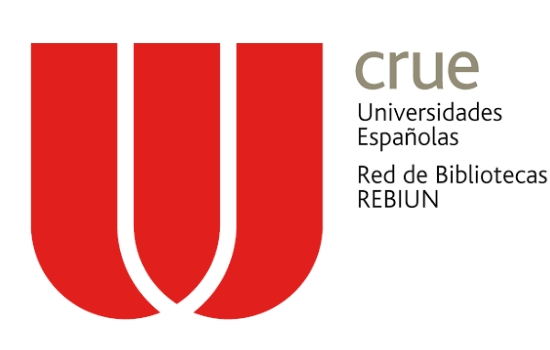Accepting the Other: Different Division Expression
Keywords:
Ethnomathematics education, Indigenous Education, Mathematics Education, Educação Etnomatemática, Educação Indígena, Educação MatemáticaAbstract
Abstract
This article describes some experiences in my work close to the forest indigenous people of Brazil and these descriptions are possible because ethnomathematics´s theory is based in Paulo Freire´s method and anthropology. Gathered at an indigenous people‘s meeting point, I gave some classes on mathematics teacher pre-service education to a group of 19 people with 13 different languages. I began the didactic work with drawings and observed different drawings associated with people of different languages. This article shows representational differences in the algorithm of division. The representations, combined with idiom, myth, and affect, combine to illustrate cultural influences in mathematical education. This demonstrates the need for teachers in classrooms to be aware of people of different languages and cultures. Teachers need to be sensitive and respectful of linguistic and cultural difference, and to demonstrate solidarity, cooperation, and respect towards different students. A new posture in mathematical teaching is implied.
Resumo
Este artigo descreve algumas experiências no meu trabalho junto aos povos indígenas do Brasil e as descrições são possíveis porque a teoria da etnomatemática está baseada na metodologia freireana e antropologia. Durante a minha permanência junto aos indígenas , ao ministrar oficinas de matemática para um grupo de 19 indígenas com 13 diferentes línguas eu comecei meu trabalho didático desenhando e observei as diferentes associações ao desenhar com povos de diferentes linguagens. Este artigo mostra diferentes representações no algoritmo da divisão. Representações, combinadas com idiomas, mito e ao afeto, serve para ilustrar influências culturais na educação matemática. Isto demonstra a necessidade para professores em sala de aula estarem atentos aos alunos de diferentes linguagens e culturas. Professores e educadores precisam ser sensíveis e respeitadores das linguagens e diferenças culturais, e demonstrar solidariedade, cooperação e respeito para diferentes estudantes. Isto implica uma nova postura na educação matemática.
Downloads
References
Certeau, M. (1994). A invenção do cotidiano. Petrópolis, RJ: Vozes
Freire, P. (1997). Pedagogia da autonomia: saberes necessários à prática educativa. São Paulo: Paz e Terra.
Santos, Y. L., Barracco, H. B., & Myazaki, N. (1975). Textos- ritos do índio brasileiro. São Paulo: Ebraesp.
Scandiuzzi, P. P. (1996a). Urupemas, simetria, mitologia e preservação cultural do povo Kaiabi, Annais do IV EPEM/SBEM - São Paulo: Atual Editora.
Scandiuzzi, P. P. (1996b). Apás Kayabi e simetria. Revista Zetetiké. UNICAMP. Campinas/SP, 14(6).
Torres, C. A. (1981). Leitura crítica de Paulo Freire. São Paulo: Loyola.
Urton, G. (2003). Signs of the Inka khipu. USA. University of Texas Press.
Downloads
Published
How to Cite
Issue
Section
License
Once the article is accepted by the Latin American Journal of Ethnomathematics, the authors cede the rights to publish and distribute the text electronically, including storing it and making it available online.
The authors can distribute their own material without soliciting permission from the Latin American Journal of Ethnomathematics, whenever mentioning that the original version is found at http://www.revista.etnomatematica.org
Copyright © 2008, Latin American Journal of Ethnomathematics
All contents of the Latin American Journal of Ethnomathematics are published under the _ and can be used freely, giving credits to the authors and to the Journal, as established by this license.











